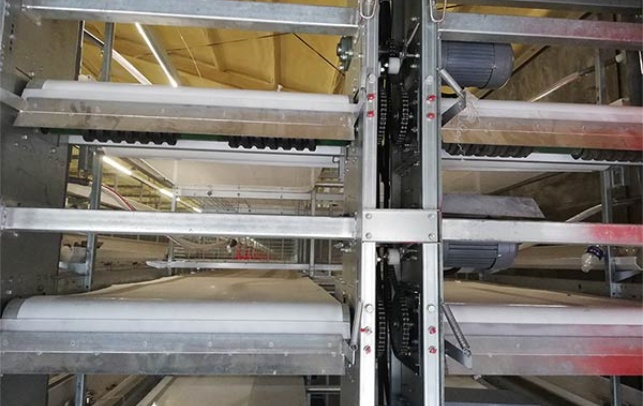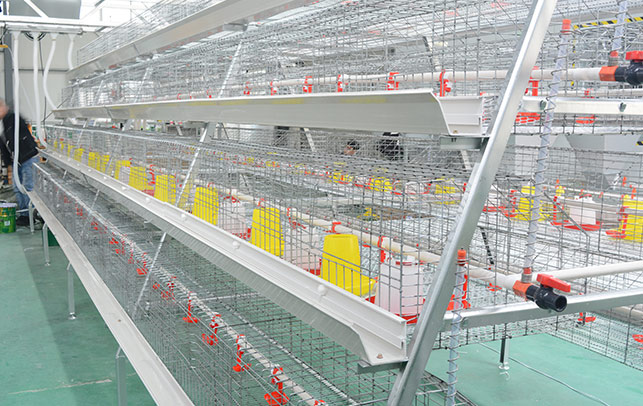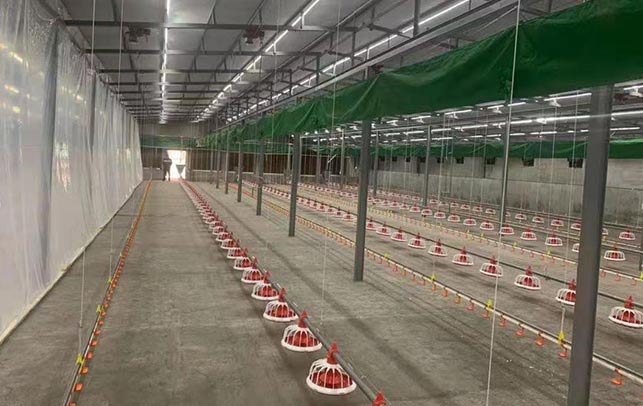How Many Chickens Does a Poultry Farm Need to Be Profitable?
Time : 2024-09-05
The poultry farming industry has witnessed significant growth in recent years, driven by the increasing demand for chicken meat. However, one of the crucial questions aspiring farmers ask is, “How many chickens does a poultry farm need to be profitable?” This question is multi-faceted and requires consideration of various factors, including operational costs, market conditions, and the overall management strategy. This article will explore the relationship between the number of chickens on a farm and its profitability, analyzing key aspects that contribute to a successful poultry operation.
1. Factors Determining How Many Chickens a Poultry Farm Needs
To answer the question about how many chickens a poultry farm needs, we must first consider several critical factors that impact poultry farm profit.
Market Demand
One of the primary considerations is market demand for chicken products in the target area. A poultry farmer must assess local consumption patterns and competition levels. If there’s high demand, having more chickens may lead to increased profits. On the other hand, if supply exceeds demand, farmers might struggle to sell their products, leading to financial losses. Therefore, understanding the local market dynamics is essential for determining the ideal flock size.
Production Costs
The second factor to consider is the cost of production. A poultry farm needs chickens to offset these costs and generate revenue. Operating expenses include feed, housing, labor, veterinary care, and utilities. The more chickens you have, the higher your total production costs will be. However, economies of scale can come into play, allowing larger farms to lower their average costs per bird. Conducting a detailed cost analysis can help farmers determine how many chickens they need to reach a break-even point and subsequently achieve profitability.
Feed Conversion Ratio
Another important element is the feed conversion ratio (FCR), which measures how efficiently chickens convert feed into body weight. A lower FCR indicates better performance and can significantly influence poultry farm profit. For example, if a farmer can maintain a good FCR with a larger flock, they are likely to see a greater return on investment. It’s vital to analyze nutritional requirements and feed quality to optimize this ratio effectively.
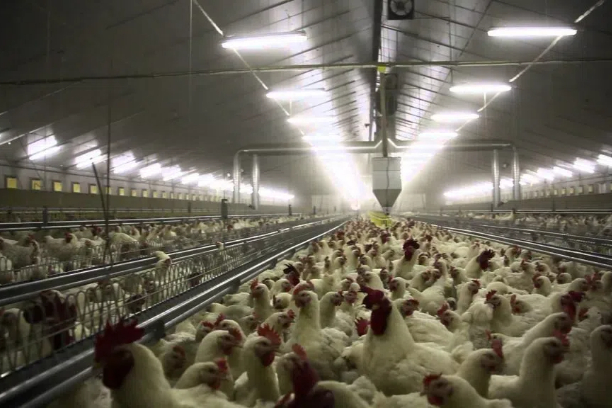
2. Calculating the Ideal Flock Size
Once the influencing factors have been considered, the next step is calculating the optimal number of chickens. To do this, farmers must evaluate several metrics and use them to estimate how many chickens a poultry farm needs.
Break-Even Analysis
Conducting a break-even analysis provides insights into the minimum number of chickens required to cover all operating costs. This involves estimating fixed costs (like housing and equipment) and variable costs (such as feed and veterinary care). By establishing the selling price of chicken products, farmers can determine how many birds they need to sell to break even. Once this threshold is reached, any additional sales directly contribute to profit.
Profit Margins
Understanding profit margins is also essential when determining the number of chickens needed. Different markets may yield varying prices for chicken products, affecting overall profitability. Farmers should conduct market research to understand what consumers are willing to pay. By assessing both fixed and variable costs against expected revenues, farmers can set realistic targets for their flock sizes. If the profit margin is slim, it may require increasing the number of chickens to achieve satisfactory income levels.
Management Practices
Effective management practices play a significant role in maximizing the potential of a poultry farm. Implementing biosecurity measures, vaccination programs, and proper feeding strategies can enhance productivity and reduce mortality rates. Additionally, utilizing technology for monitoring health and environmental conditions can lead to better outcomes. Streamlined operations will enable farmers to manage larger flocks while ensuring animal welfare standards are maintained, ultimately contributing to poultry farm profit.
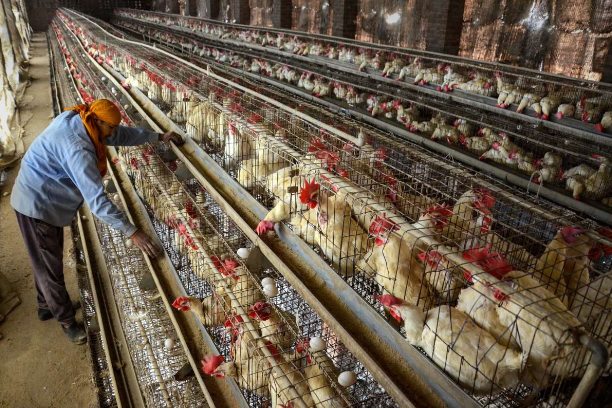
3. Scaling Up: When Is It Necessary?
Deciding how many chickens a poultry farm needs at startup is just the beginning. As the business grows, farmers may consider scaling up their operations. However, scaling comes with its own set of challenges and considerations.
Timing for Expansion
Identifying the right time to expand is critical. Farmers should monitor their current flock’s performance, sales trends, and overall market conditions. An increase in demand or higher selling prices can signal an opportunity to add more chickens. Conversely, during times of market instability, it may be prudent to hold off on expansion until conditions improve.
Infrastructure and Capital Requirements
Scaling up will also necessitate evaluating infrastructure and capital requirements. A poultry farm needs chickens, but it also needs adequate facilities to house and care for them. This includes ensuring there is enough space, proper ventilation systems, and efficient feeding and watering equipment. Capital investment is often necessary to build or upgrade facilities, purchase new equipment, and hire additional staff. Careful planning and budgeting are essential to mitigate financial risks associated with expansion.
Diversification Strategies
Another way to enhance poultry farm profit while increasing flock size is to consider diversification. Offering a variety of chicken products, such as organic or free-range options, can attract different consumer segments and increase overall sales. Additionally, exploring value-added products like processed chicken or specialty items can maximize revenue streams. By diversifying their offerings, farmers can spread risks and adapt to changing market demands, making it easier to justify an increased number of chickens on the farm.
Conclusion
Determining how many chickens a poultry farm needs to be profitable is not a one-size-fits-all answer; it involves multiple factors that must be carefully analyzed. The interplay between market demand, production costs, feed conversion ratios, and effective management practices all contribute to establishing the ideal flock size.
Conducting a break-even analysis and understanding profit margins are essential steps in this process, allowing farmers to set realistic targets for their operations. Moreover, as conditions change, scaling up may become necessary, but it should be approached with thoughtful planning and consideration of infrastructure and capital requirements.
In conclusion, by thoroughly evaluating all these aspects, poultry farmers can make informed decisions regarding the number of chickens they need to raise. A well-managed poultry operation, based on sound financial calculations and strategic planning, will not only ensure a sustainable business model but also contribute to the overall growth of the poultry industry. As demand for chicken continues to rise globally, those who strategically navigate these challenges stand to benefit significantly, positioning themselves for long-term success in the marketplace.






